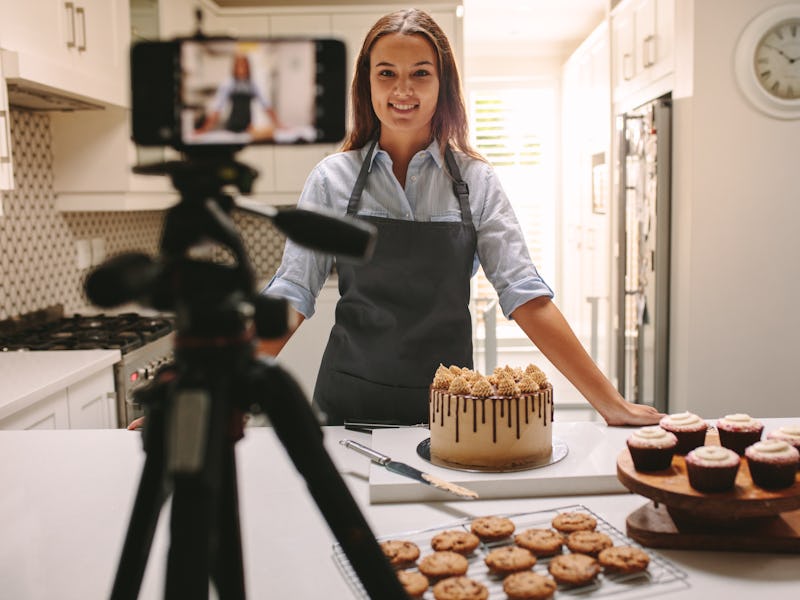Culture
Spotify is testing whether video podcasts are worth its time and money
The company's grabbed two big names from YouTube.

Keep an eye, not just an ear, open for Spotify. The company recently told The Verge that it is running a global test to see if its platform users would be interested in watching video podcasts. The test features three episodes from YouTube stars, Zane Hijazi and Heath Hussar, and will show up for 50 percent of the platform's listeners.
Those who end up seeing the episodes for both YouTube content creators will have an option to play the video alongside the audio. If they're not in the mood to watch the whole thing, they can run it in the background. Like a regular podcast.
What Spotify says — "At Spotify, we routinely conduct a number of tests in an effort to improve our user experience," a company spokesperson said. "Some of those tests end up paving the way for our broader user experience and others serve only as an important learning. We don’t have any further news to share at this time."
Based on this statement, it's clear that the company is merely testing the waters. Sure, it's a strong indication of its larger ambitions, but it's too soon to say that video podcasts (vodcasts?) will definitely become a permanent fixture on the platform. Still, Spotify's grabbed big names from competitor YouTube, and if all goes well, Google may witness an exodus of creators from its network. But that's a big"if," and getting creators to switch would likely take a lot of capital outlay from Spotify.
This might just work — Successful video podcasts, as evidenced on platforms like YouTube, offer audiences a chance to visually engage with creators. It helps build familiarity and even increase a podcast's brand awareness and popularity.
YouTube is optimal for video podcasts. Producers and content creators of well-known shows like "Hey Frase" talk about the plus points of a video podcast on the network. In an interview with Digiday, Andrew Raquelle, producer of "Hey Frase," said, "Without video, we hit a plateau; we couldn’t get past 10,000 [downloads]. When we started doing a video recording, we saw the best growth. It took two months to get to 35,000 downloads."
So, Spotify is clearly attempting to tap into that market. But even with the possibilities a move into video unlocks, Spotify will have to answer questions about budget allocation, logistics, production value, resource allocation, and more. The biggest plus point of an audio podcast is that it is far cheaper than producing a video podcast. With a video show, companies and creators have to set aside a sizable investment to offer content that truly impresses, engages, and retains viewers. With a global test running Zane and Heath: Unfiltered, Spotify will soon find out whether those investments are worth making.